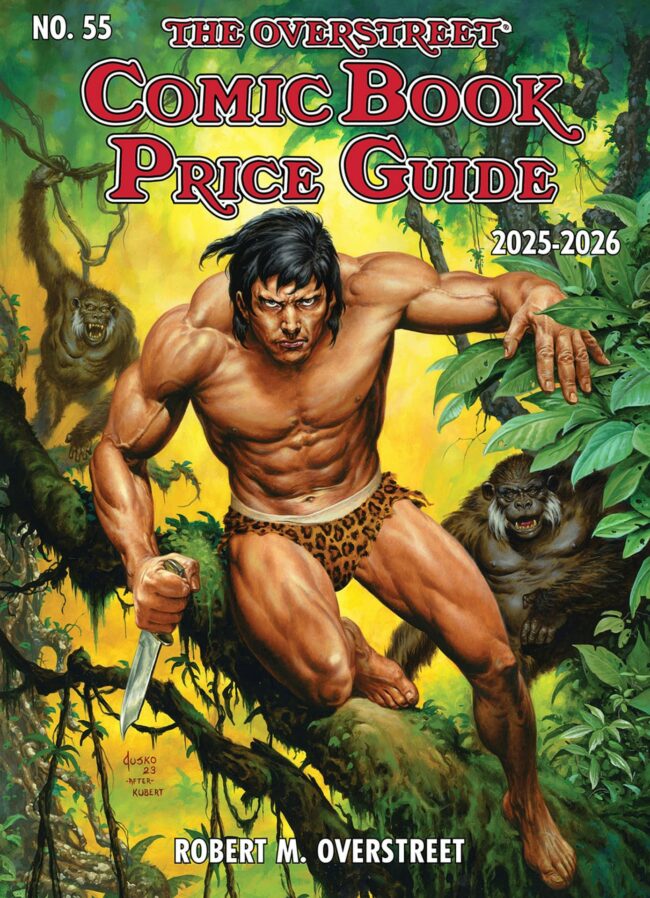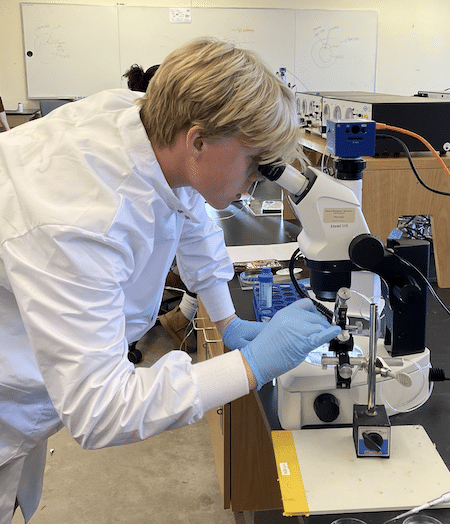Weaponized Crime: States, Cartels, and the Export of Global Chaos — Part I
… cooperation with Europe and the United States, and mechanisms to interrupt … , and even more than the United States — and, at the same … and wields influence in the United Nations.
Diálogo: The Tren … All this is happening because states continue to act as if …





